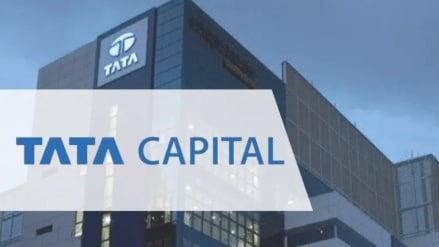The much anticipated Tata Capital IPO may now see an October launch., According to the latest Bloomberg report citing sources, the Tata Group NBFC is preparing to launch its much-awaited initial public offering (IPO) in the first half of October, after receiving a short extension from the Reserve Bank of India (RBI).
Furthermore, the Bloomberg report indicated that the process is private and company may target wrapping up its IPO roadshows this week. As per the report Bloomberg, Tata Capital is expected to file a second draft red herring prospectus (DRHP) soon.
Tata Capital IPO: Seeking RBI nod for deadline extension?
However, all of this is subject to receiving an extension from the RBI, as clearly mentioned in the report This is because, in 2022, the RBI classified Tata Capital as an “upper-layer NBFC’. As a result, it was mandatory for the company to list within three years. The deadline for that ends in September 2025.
As per the latest development, as reported by Bloomberg, Tata Capital may seek additional time to fine-tune its IPO preparations.
Tata Capital IPO: A mega fundraise in the making
The IPO is expected to raise nearly Rs 17,000 crore (around $2 billion), valuing Tata Capital at about $18 billion. Moreover, the IPO is also expected to be one of India’s largest IPO. So far Hyundai Motor India’s IPO is the largest in India followed by LIC and Paytm.
Tata Capital Unlisted shares under pressure
However, even as the anticipation about the IPO gathers momentum, the Tata Capital’s unlisted shares have seen a sharp correction in recent months.
Prices have dropped nearly 30% from an April high of Rs 1,125 to around Rs 785, according to data from UnlistedZone and Sharescart.com. Analysts believe that the Tata Capital issue may be priced closer to the Rights issue . As a result, the unlisted shares may see further correction.
Tata Capital IPO: About the company
Tata Capital is the financial arm of Tata Sons. It operates as a non-banking financial company (NBFC) under RBI regulation. The company is placed in the “upper-layer NBFC” category. Its business spans multiple segments ranging from retail and small business loans to corporate finance, wealth services, and distribution of financial products.
